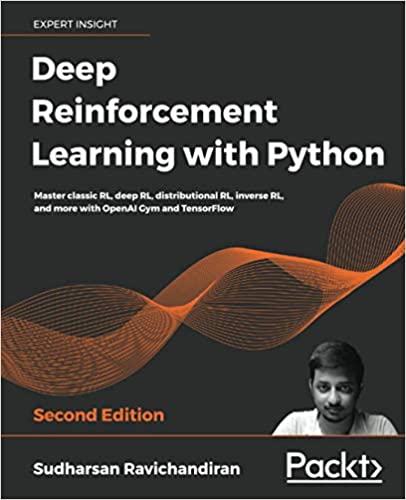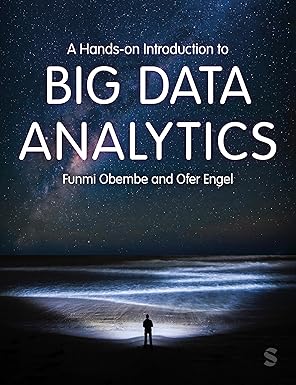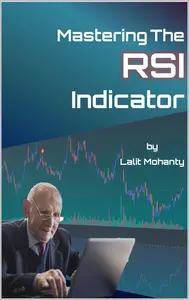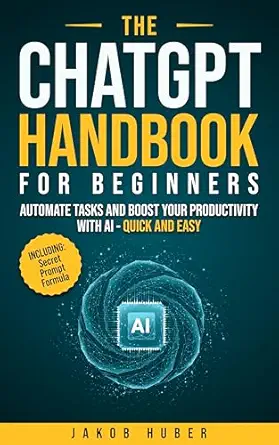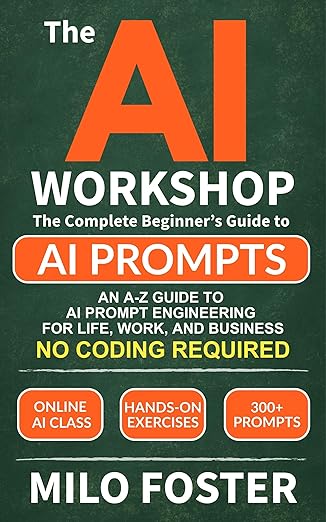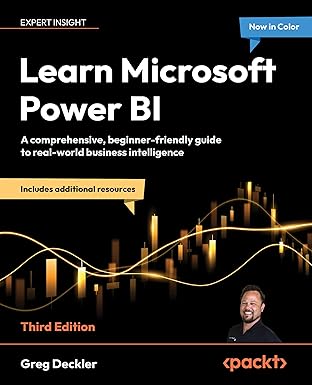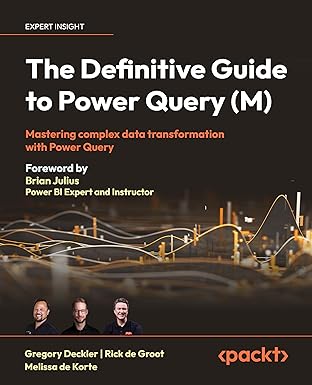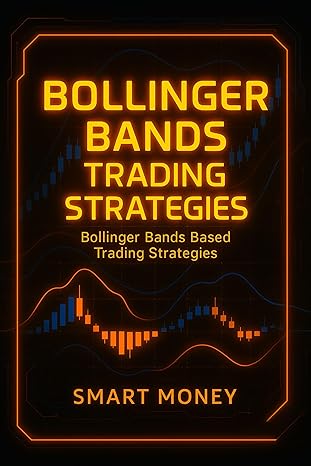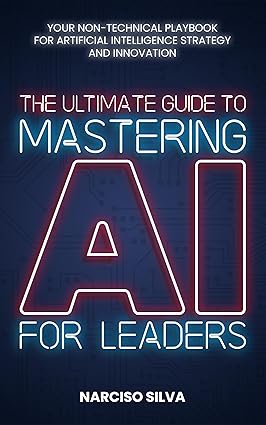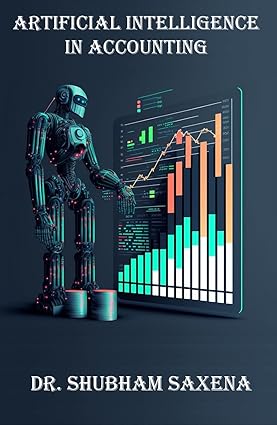An example-rich guide for beginners to start their reinforcement and deep reinforcement learning journey with state-of-the-art distinct algorithms
Key Features
- Covers a vast spectrum of basic-to-advanced RL algorithms with mathematical explanations of each algorithm
- Learn how to implement algorithms with code by following examples with line-by-line explanations
- Explore the latest RL methodologies such as DDPG, PPO, and the use of expert demonstrations
Book Description
With significant enhancements in the quality and quantity of algorithms in recent years, this second edition of Hands-On Reinforcement Learning with Python has been revamped into an example-rich guide to learning state-of-the-art reinforcement learning (RL) and deep RL algorithms with TensorFlow 2 and the OpenAI Gym toolkit.
In addition to exploring RL basics and foundational concepts such as Bellman equation, Markov decision processes, and dynamic programming algorithms, this second edition dives deep into the full spectrum of value-based, policy-based, and actor-critic RL methods. It explores state-of-the-art algorithms such as DQN, TRPO, PPO and ACKTR, DDPG, TD3, and SAC in depth, demystifying the underlying math and demonstrating implementations through simple code examples.
The book has several new chapters dedicated to new RL techniques, including distributional RL, imitation learning, inverse RL, and meta RL. You will learn to leverage stable baselines, an improvement of OpenAI’s baseline library, to effortlessly implement popular RL algorithms. The book concludes with an overview of promising approaches such as meta-learning and imagination augmented agents in research.
By the end, you will become skilled in effectively employing RL and deep RL in your real-world projects.
What you will learn
- Understand core RL concepts including the methodologies, math, and code
- Train an agent to solve Blackjack, FrozenLake, and many other problems using OpenAI Gym
- Train an agent to play Ms Pac-Man using a Deep Q Network
- Learn policy-based, value-based, and actor-critic methods
- Master the math behind DDPG, TD3, TRPO, PPO, and many others
- Explore new avenues such as the distributional RL, meta RL, and inverse RL
- Use Stable Baselines to train an agent to walk and play Atari games
Who this book is for
If you’re a machine learning developer with little or no experience with neural networks interested in artificial intelligence and want to learn about reinforcement learning from scratch, this book is for you.
Basic familiarity with linear algebra, calculus, and the Python programming language is required. Some experience with TensorFlow would be a plus.
Table of Contents
- Fundamentals of Reinforcement Learning
- A Guide to the Gym Toolkit
- The Bellman Equation and Dynamic Programming
- Monte Carlo Methods
- Understanding Temporal Difference Learning
- Case Study – The MAB Problem
- Deep Learning Foundations
- A Primer on TensorFlow
- Deep Q Network and Its Variants
- Policy Gradient Method
- Actor-Critic Methods – A2C and A3C
- Learning DDPG, TD3, and SAC
- TRPO, PPO, and ACKTR Methods
- Distributional Reinforcement Learning
- Imitation Learning and Inverse RL
- Deep Reinforcement Learning with Stable Baselines
- Reinforcement Learning Frontiers
- Appendix 1 – Reinforcement Learning Algorithms
- Appendix 2 – Assessments
چکیده فارسی
راهنمای غنی از نمونه برای مبتدیان برای شروع سفر تقویتی و تقویت عمیق خود با الگوریتم های متمایز پیشرفته
ویژگی های کلیدی
- طیف گسترده ای از الگوریتم های RL پایه تا پیشرفته را با توضیحات ریاضی هر الگوریتم پوشش می دهد
- با دنبال کردن مثال هایی با توضیحات خط به خط، نحوه پیاده سازی الگوریتم ها با کد را بیاموزید
- آخرین روشهای RL مانند DDPG، PPO و استفاده از نمایشهای متخصص را کاوش کنید
شرح کتاب
با پیشرفتهای قابلتوجهی در کیفیت و کمیت الگوریتمها در سالهای اخیر، این ویرایش دوم آموزش تقویتی دستی با پایتون به یک راهنمای غنی از نمونه برای یادگیری پیشرفتهترین یادگیری تقویتی (RL) تغییر یافته است. ) و الگوریتم های عمیق RL با TensorFlow 2 و جعبه ابزار OpenAI Gym.
علاوه بر کاوش در مبانی RL و مفاهیم اساسی مانند معادله بلمن، فرآیندهای تصمیم مارکوف، و الگوریتمهای برنامهنویسی پویا، این ویرایش دوم عمیقاً به طیف کامل روشهای RL مبتنی بر ارزش، مبتنی بر خطمشی و بازیگر منتقد میپردازد. . این الگوریتمهای پیشرفته مانند DQN، TRPO، PPO و ACKTR، DDPG، TD3، و SAC را عمیقاً بررسی میکند، ریاضیات اساسی را ابهام میکند و پیادهسازیها را از طریق نمونههای کد ساده نشان میدهد.
این کتاب دارای چندین فصل جدید است که به تکنیک های جدید RL از جمله RL توزیعی، یادگیری تقلید، RL معکوس و متا RL اختصاص یافته است. شما یاد خواهید گرفت که از خطوط پایه پایدار، بهبود کتابخانه پایه OpenAI، برای پیاده سازی بی دردسر الگوریتم های محبوب RL استفاده کنید. این کتاب با مروری بر رویکردهای امیدوارکننده مانند فرا یادگیری و عوامل تقویتشده تخیل در پژوهش به پایان میرسد.
در پایان، در به کارگیری مؤثر RL و RL عمیق در پروژه های دنیای واقعی خود مهارت خواهید داشت.
آنچه یاد خواهید گرفت
- مفاهیم اصلی RL از جمله روششناسی، ریاضی و کد را درک کنید
- آموزش یک نماینده برای حل بلک جک، FrozenLake و بسیاری از مشکلات دیگر با استفاده از OpenAI Gym
- یک عامل را آموزش دهید تا با استفاده از شبکه Deep Q نقش خانم Pac-Man را بازی کند
- روشهای مبتنی بر خط مشی، ارزش محور و منتقدانه را بیاموزید
- بر ریاضیات DDPG، TD3، TRPO، PPO و بسیاری دیگر مسلط شوید
- روش های جدید مانند RL توزیعی، متا RL و RL معکوس را کاوش کنید
- از Stable Baselines برای آموزش یک نماینده برای راه رفتن و بازی های Atari استفاده کنید
این کتاب برای چه کسی است
اگر شما یک توسعهدهنده یادگیری ماشینی هستید که تجربه کمی در مورد شبکههای عصبی دارید یا اصلاً به هوش مصنوعی علاقه دارید و میخواهید در مورد یادگیری تقویتی از ابتدا بیاموزید، این کتاب برای شما مناسب است.
آشنایی اولیه با جبر خطی، حساب دیفرانسیل و انتگرال و زبان برنامه نویسی پایتون الزامی است. مقداری تجربه با TensorFlow یک مزیت خواهد بود.
فهرست محتوا
- مبانی یادگیری تقویتی
- راهنمای جعبه ابزار بدنسازی
- معادله بلمن و برنامه نویسی پویا
- روش های مونت کارلو
- درک یادگیری تفاوت زمانی
- مطالعه موردی – مشکل MAB
- مبانی یادگیری عمیق
- A Primer در TensorFlow
- شبکه Q عمیق و انواع آن
- روش گرادیان خط مشی
- روشهای منتقد بازیگر - A2C و A3C
- آموزش DDPG، TD3 و SAC
- روشهای TRPO، PPO، و ACKTR
- یادگیری تقویتی توزیع
- یادگیری تقلید و RL معکوس
- یادگیری تقویتی عمیق با خطوط پایه پایدار
- مرزهای یادگیری تقویتی
- پیوست 1 - الگوریتم های یادگیری تقویتی
- پیوست 2 - ارزیابی ها
ادامه ...
بستن ...
